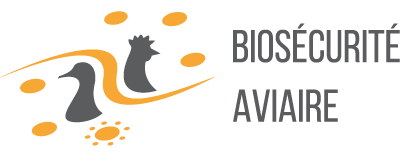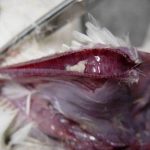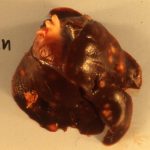Syngamosis is a respiratory parasitic disease affecting the trachea. It is very important in pheasant and backyard poultry.
The disease agent and its pathogenicity
The etiological agent is the parasite Syngamus trachea. It is a haematophagous nematode, whose adult male and female are in permanent mating in the trachea, giving the appearance of a Y-worm. They are also called the “red worm” or “forked worm” of poultry. The female measures 1.5-2 cm and the male 0.3-0.6 cm. The syngame has a champagne cup shaped mouth capsule with “teeth” that allow them to incise the trachea. The egg is characteristic ; it is embryo-free, with a polar opening and measures 70-100 µm over 40-60 µm.
The L3 larva is the infectious agent. After oral ingestion, the larvae pass through the mucosa of the crop, oesophagus or duodenum to the lungs via the bloodstream. There, it leaves the blood capillaries to go into the pulmonary alveoli. In the lung, the L3 larvae moult into L4 and then into adults who migrate to the trachea. Adults attach themselves to the tracheal mucosa and feed on blood. After mating in the trachea, the eggs are released and expelled by the parasitized animal (cough) into the external environment.
Ingestion of an embryonated syngam egg can lead to contamination.
L3 is fragile in the environment. However, it can survive 8-9 months in the egg, and even longer in a paratenic host: 1 year in a mollusc, 4 years in an earthworm (such as Eisenia foetidus and Allolobophora caliginosus where the larva becomes encysted in muscle tissue). The passage of L3 through a paratenic host increases the pathogenicity of the parasite.
Pathogenicity is related to the migration of the larvae into the lungs (trauma, blood spoliation, infection-promoting action) and the presence of adults in the trachea (obstruction, haematophagy).
Epidemiological data
- Syngams can parasitize galliformes (pheasant, partridge, turkey, chicken, guinea fowl) and passeriformes. Currently, it is mainly a problem in pheasants.
- The disease occurs in young birds less than 3 months old. In older birds, immunity develops.
- Not all poultry are equally sensitive. Chickens are generally no longer carriers after 3 months. Turkeys and guinea fowls are more or less sick, but often remain carriers afterwards and participate in the spread of the parasite; they play a role of latent infestated. Partridges and pheasants at a young age (especially between 3 and 6 weeks) are very affected by the disease.
- The source of infestation is domestic farmed infested birds, molluscs and earthworms, paratenic hosts, as well as wild birds (magpie, raven, starling, blackbird). Infection occurs by ingestion of free L3 larvae in the environment or eggs containing infectious L3 or by ingestion of paratenic hosts.
- The disease occurs mainly in temperate countries during summer.
Clinical manifestations of the disease
Clinical manifestations appear 1 to 2 weeks after infestation.
Symptoms
The birds “yawn“, with their heads and necks stretched, their beaks wide open. They have a cough with mucosal to muco-sanguineous discharge. Dyspnea can be severe. Birds lose weight. Death can occur either suddenly during a respiratory attack or more often after chronic weight loss. Spontaneous healing is rare in youngs, but more common in adults.
Lesions
Birds are anemic and cachectic. Adult worms are found in the trachea, with a lot of mucus, small caseous abscesses at the attachment point of the worms. There are also haemorrhages and emphysema in the lungs caused by larval migration.
The diagnosis
Clinical diagnosis
By observation of characteristic respiratory signs, worms and lesions at autopsy, by transillumination in chicks.
Coprology can be used to visualize eggs (they are easily identifiable but not always present).
Differential diagnosis
ILT
Disease prevention and control
Treatment
Involves nematocidal anthelmintics, based on levamisol, piperazine, flubendazole, tetramisole (levamisol and tetramisole are not very effective against syngamosis). Attention must be paid to the waiting times induced when using these products.
Health prevention
Consists in avoiding the introduction of carrier birds. Medical prevention can be used (deworming).
Syngamosis in palmipeds
Cyathostoma bronchialis is a red syngame nematode, geese and ducks’ parasite. Unlike S. trachea, adults are not permanently mated. It is located in the trachea and bronchial branches, causing breathing difficulties and blood spoliation. This parasitosis is rare.
